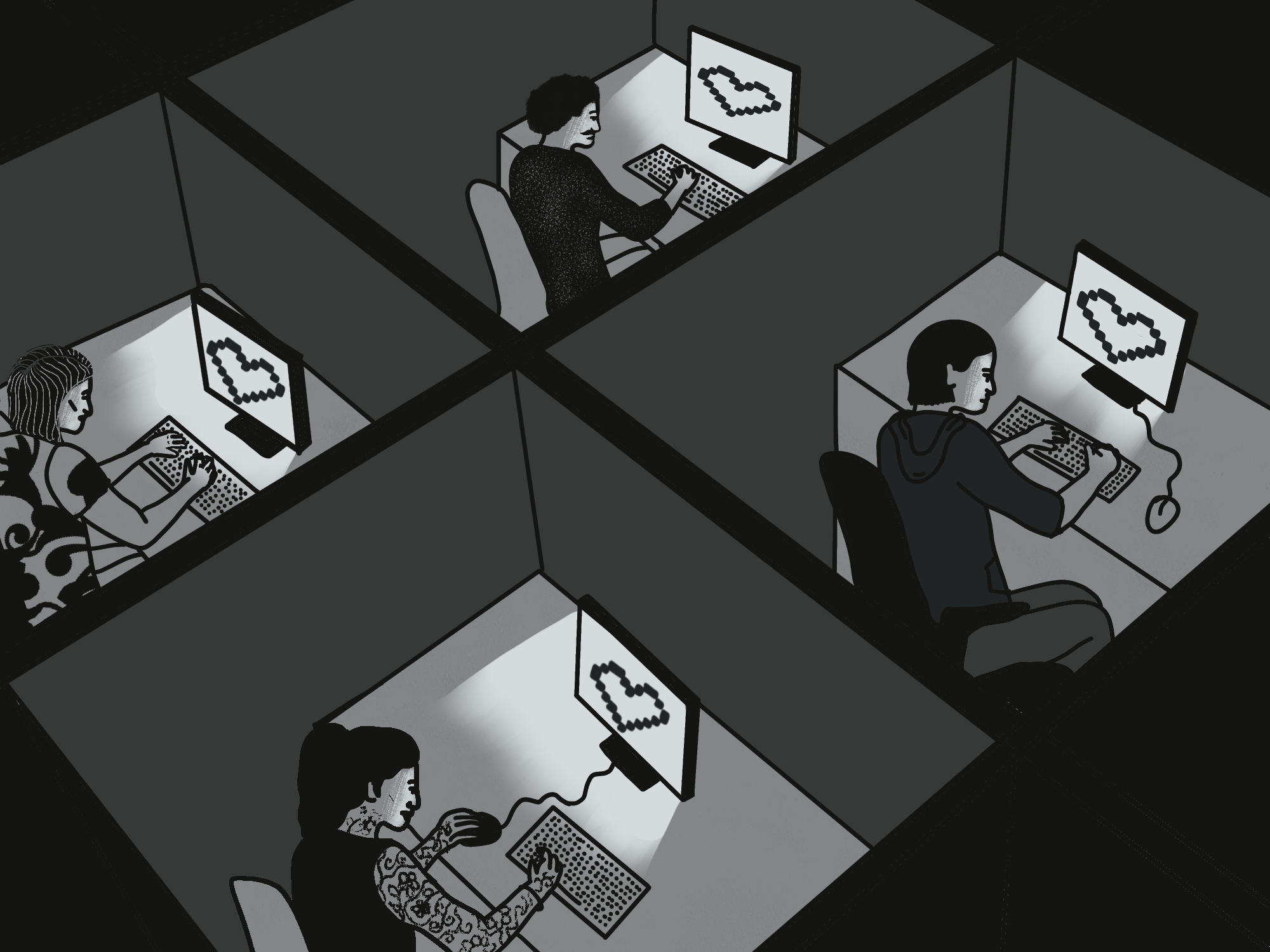Communications professionals and recent graduates are taking a closer look at one of the most prominent fields of the digital age.
The number of recent graduates in arts and communication in Quebec has increased in the last few years. According to Statistics Canada, 6,177 students graduated from the program in 2021. With 84.6 per cent working full-time jobs related to their education in 2022, there is still a significant unemployment rate for those who haven’t started their professional lives after university.
As Sarah T. Roberts points out in her book Behind the Screen: Content Moderation in the Shadows of Social Media,, working with commercial content moderation (which is part of Trust and Safety) is an open door for many recent graduate students to start their careers. Considering a journey into the so-called T&S before touching the diploma can be a nice strategy to get off to a good start in a prominent field.
Briefly explained by Inbal Goldberger, T&S is the practice of ensuring the safety of users and the integrity of online platforms. These professionals are responsible for minimizing the risk of users’ exposure to harmful content and ensuring acceptable behaviour. Commercial content moderators screen user-generated content posted to internet sites, social media, and other online outlets. This may take place before the material is submitted for inclusion or distribution on a site, or after material has already been uploaded.
The Trust & Safety Professional Association states that more than 100,000 T&S professionals play a critically important role toward a shared goal of ensuring online safety around the world. They deal with commercial content moderation, guidelines, legal compliance, strategic implementations, and much more. As social media and digital communities are growing each day, companies need to figure out what online behavior is fair and what is not. They need new minds.
The first advantage to this field is the enormous sense of community. These T&S professionals are often connected among LinkedIn organizations, events, and webinars, which have become essential digital places to share knowledge and experiences.
As this field is a relatively new one within the digital sphere and there’s no degree requirement (yet), the mission of sharing knowledge is part of the spirit of these professionals. They come from different fields, they have different perspectives about the digital space, and they are open to sharing their journey. It’s very common to see them suggesting paths for beginners who seek training or guidance to eventually apply for T&S positions.
Besides bringing visibility to digital threats and knowing how to face malicious behaviors and harmful content, T&S is also influenced by global events and technological advances as highlighted by Active Fence, one of the biggest companies of the sector. It’s expected for communicators to be alert to events, another asset for arts and communications graduates.
In this progressing sector, a migration from different fields is needed to win the war against negative digital practices. Professionals and students who want to invest in it should be aware of the community’s accessible offerings. Career opportunities are available for professionals to find a valuable path toward making the internet a better place to be. It’s clear how open T&S professionals are to bringing newcomers closer to their own hero narrative with braveness to face the challenges from the online universe.
